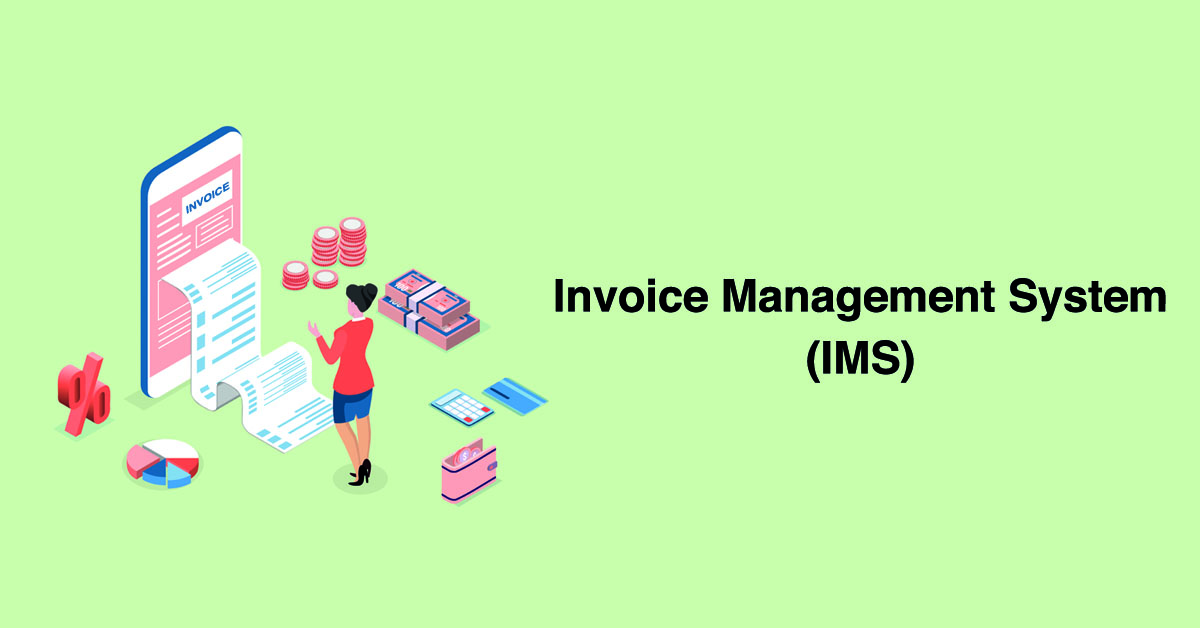What is the Invoice Management System (IMS) Under GST?
The Invoice Management System (IMS) is a new feature introduced within the GST portal, designed to help recipient taxpayers manage their invoices effectively. With this tool, recipients can accept, reject, or mark as pending the invoices filed by their suppliers.
A common challenge faced by taxpayers is mismatched invoices between the supplier’s filings and the recipient’s returns, which complicates claiming Input Tax Credit (ITC). The IMS aims to address this issue by enabling registered recipients to reconcile their records with the invoices reported by suppliers in GSTR-1. This enhancement will simplify and streamline the process of availing ITC for recipient taxpayers
How Does the Invoice Management System Work?
One of the key challenges taxpayers face in GST compliance is availing Input Tax Credit (ITC). The Invoice Management System (IMS) functionality aims to address critical bottlenecks in this process.
How IMS Works:
1. Supplier Actions:
2. Invoice Visibility:
3. Recipient Actions:
4. Impact of Recipient Actions:
5. Deemed Acceptance:
6. Amendments and Updates:
7. ITC Availability:
By streamlining invoice management and improving visibility, the IMS is expected to significantly enhance the efficiency of ITC claims under GST.
Benefits of Invoice Management System
The Invoice Management System (IMS) is expected to deliver several benefits to businesses of all sizes:
1. Enhanced Audit Accuracy: IMS provides auditors with the ability to thoroughly review each invoice through a centralized interface. This eliminates the need to navigate multiple systems, reducing the likelihood of audit errors.
2. Reduced Errors in GSTR-3B Filing: With IMS offering a consolidated view of all inward invoices, taxpayers can ensure no invoices are overlooked before filing GSTR-3B, minimizing filing discrepancies.
3. Simplified Handling of Pending Invoices: The system seamlessly carries forward pending invoices to subsequent tax periods without impacting GSTR-2B and GSTR-3B.
4. Support for QRMP Taxpayers: Small businesses, including those under the QRMP scheme, will benefit from IMS. However, it’s important to note that GSTR-2B will not auto-populate for the first two months of the quarter under QRMP. Instead, it will be generated quarterly.
In conclusion, the Invoice Management System (IMS) is poised to revolutionize the way businesses handle invoices under GST. By providing a streamlined process for managing, reconciling, and acting on supplier-issued invoices, IMS addresses critical pain points in ITC claims, such as mismatches and delays.
With features like real-time invoice visibility, actionable options for recipients, and seamless integration with GSTR-2B, IMS enhances transparency and reduces compliance complexities. As businesses adapt to this new system, IMS promises to simplify GST compliance, improve accuracy in ITC claims, and ultimately benefit taxpayers of all sizes.

